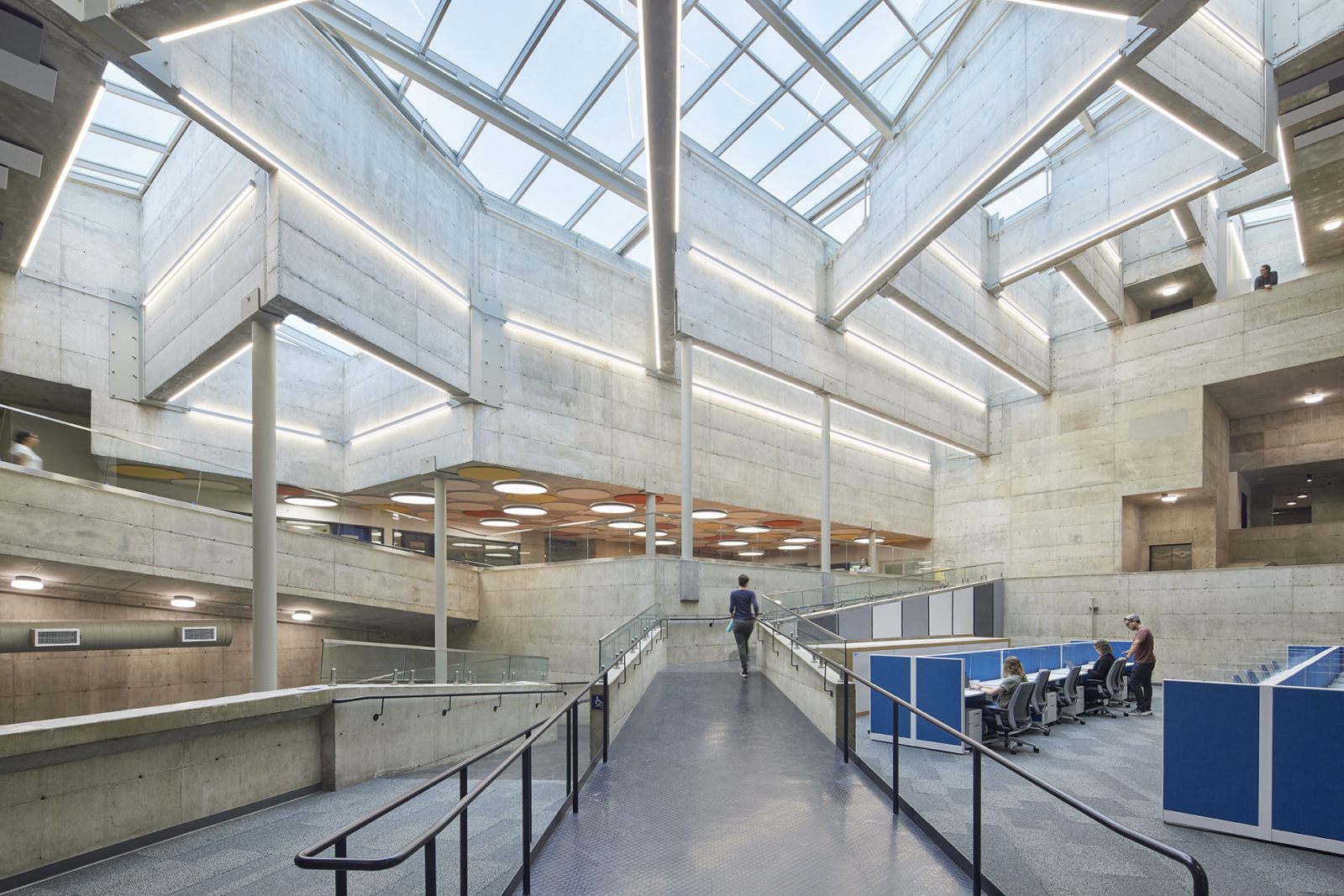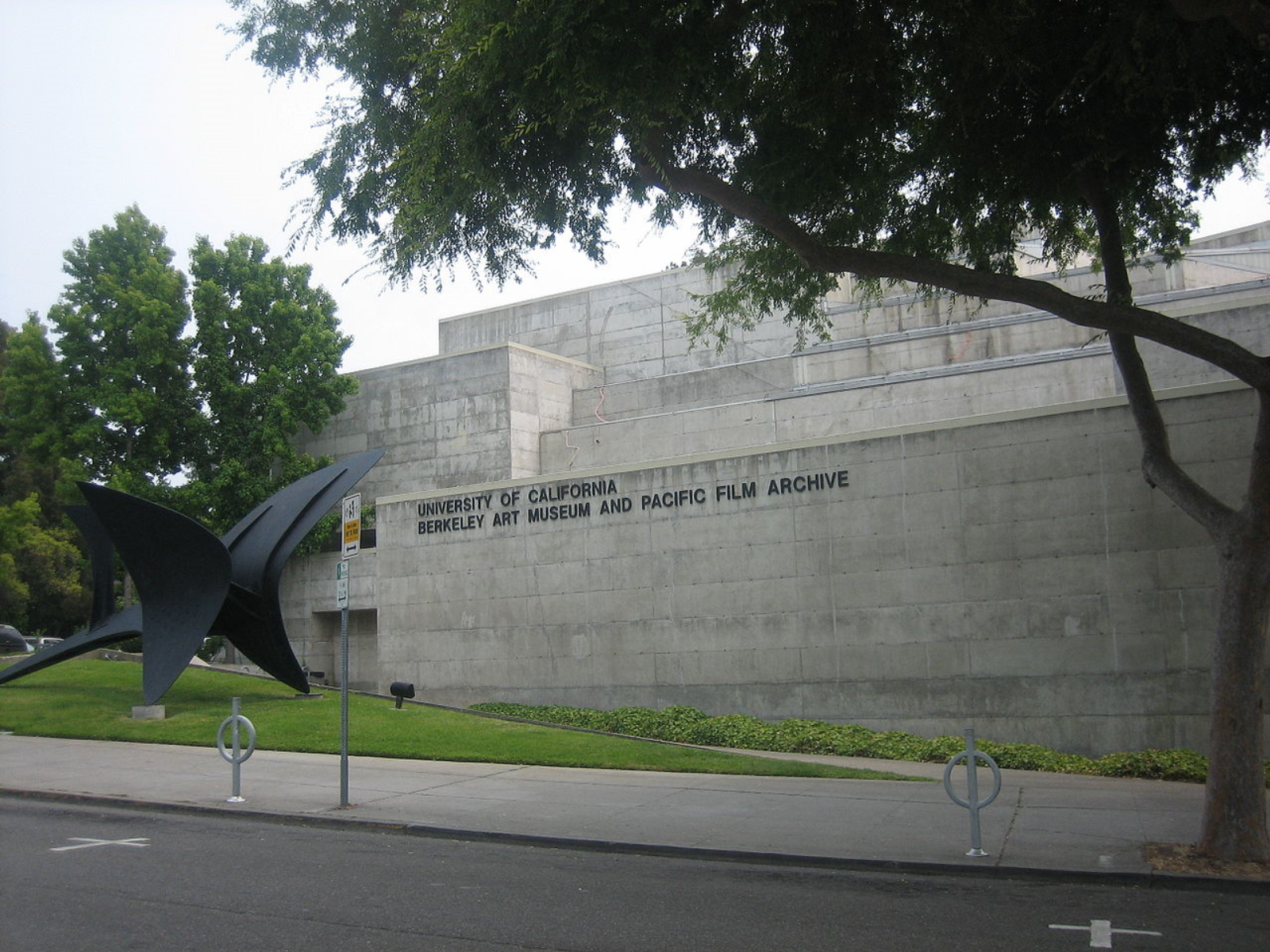Awards
Design
Award of Excellence
Civic
A Civic/Institutional Design Award of Excellence recognizes the restoration of the Bakar BioEnginuity Hub, a project that ingeniously revitalized a celebrated architectural treasure. Originally the Berkeley Art Museum & Pacific Film Archive, designed by Mario Ciampi, Richard L. Jorasch and Ronald E. Wagner, it earned acclaim upon its 1970 opening for its Brutalist design featuring staggered Cubist masses, a soaring atrium, and sculptural forms. However, in 1997, structural concerns cast doubt on its future, prompting fears of demolition. After years of uncertainty, a visionary partnership emerged in 2016 between the University of California, Berkeley, and Bakar Labs. Their goal was to preserve the building's historical significance while reimagining it as a cutting-edge life science hub, fostering collaboration among students, startups, and biotech firms. The restoration encountered formidable challenges due to the building's unique geometry and all-concrete structure. Studies were conducted to safeguard its character-defining elements. An expansion beneath the cantilevered upper galleries offered additional space without compromising the original structure. Seismic retrofitting, infrastructure modernization, and a shift to all-electric systems ensured code compliance and operational carbon neutrality. The Bakar BioEnginuity Hub, unveiled in 2022, serves as a vibrant epicenter for life science innovation. It preserves an architectural legacy and provides researchers with an inspiring backdrop for groundbreaking endeavors.
“Despite all of the challenges in restoring Brutalist buildings, especially those with large interior spaces such as this, they prevailed with great success. The preservation community rallied to save it, and the project team developed a smart strategy for seismic upgrades without losing the interior atrium. It is a perfect example of what can be done when there is a will behind it.”
University of California, Berkeley (QB3) with Bakar Labs
MBH Architects
Primary classification
Secondary classification
Designations
U.S. National Register of Historic Places, listed on January 8, 2014 | Berkeley Landmark #312, designated on February 2, 2012
Location
2626 Bancroff WayBerkeley, CA
Country
USA
Case Study House No. 21
Lorem ipsum dolor
Designer(s)
Other designers
Mario J. Ciampi, Richard L. Jorasch, Ronald E. Wagner, Paul W. Reiter



